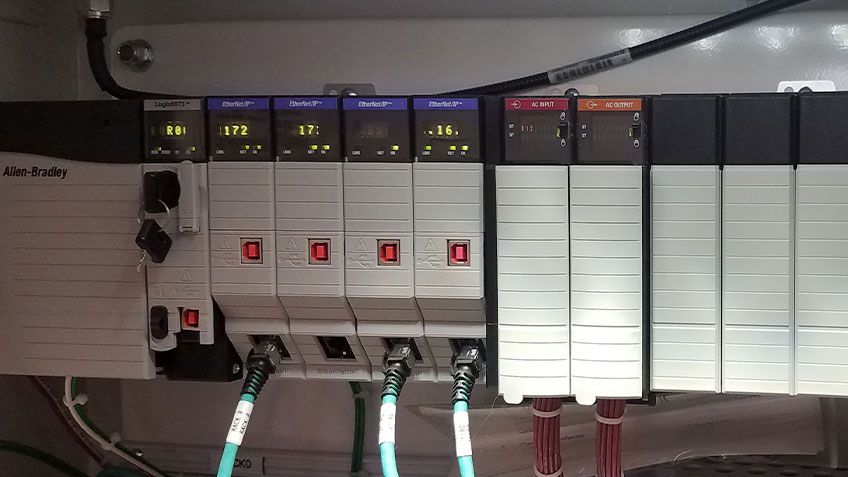Whether it be storm sewer runoff or drainage from home or business use, once water leaves the drain, it enters a complex network of underground pipes. And once processed at a wastewater facility, that water typically completes its journey by emptying into a lake or river.
Efficient water/wastewater treatment facilities are essential to keep surrounding rivers and lakes safe and clean of chemicals and other disease-causing pathogens often residing in municipal wastewater.
Lima, Ohio releases its treated wastewater into the Ottawa River. Constructed in 1930, the city wastewater treatment plant services more than 40,000 people within city limits and surrounding communities. Since conception, the city has evolved and so have its needs, including processes for screening and grit removal, sludge digestion and more.
Overflows and Overtime
In 2014, the Federal Environmental Protection Agency (EPA) changed guidance around overflows into natural water sources.
The change meant Lima needed to limit river overflows to five times per year, instead of the former multiple times a month, depending on rain events. Exceeding that allotment would cost the city steep fines. To sustain five discharges per year, it was necessary to increase the treatment plant’s water capacity from about 53 to 70 million gallons per day (MGD). Since capacity increase was required, the city decided a complete, plant-wide upgrade was necessary, as well.
Lima’s wastewater treatment plant was running on an outdated control system. “We were using equipment from the early 90s, systems that were nearly 30 years old,” explained Matt Fiedler, process control specialist for the City of Lima wastewater treatment plant. “We needed a full system upgrade with better data insights and reporting capabilities to help us increase capacity, ease maintenance and meet the EPA requirements.”
Another complication: the aging system had been customized, and system knowledge left with a former employee once he retired. The lack of standardization was a stumbling block for training new employees and the lack of in-house expertise led to frequent maintenance calls and costly downtime.
With no remote access capabilities, all troubleshooting and maintenance had to be performed on site. This meant many overnight calls for Fiedler and staff, who had to travel up to an hour roundtrip to make an adjustment that would only take five minutes. The absence of remote maintenance also complicated the process of combined sewer overflows (CSOs). For example, if there were overflows in the river, extra plant staff would have to be onsite to monitor them and gather samples. Additionally, having no control access to the underground gate structures and lift stations caused additional problems, as operators couldn’t restrict flow to the plant, causing overflows during rain events.


